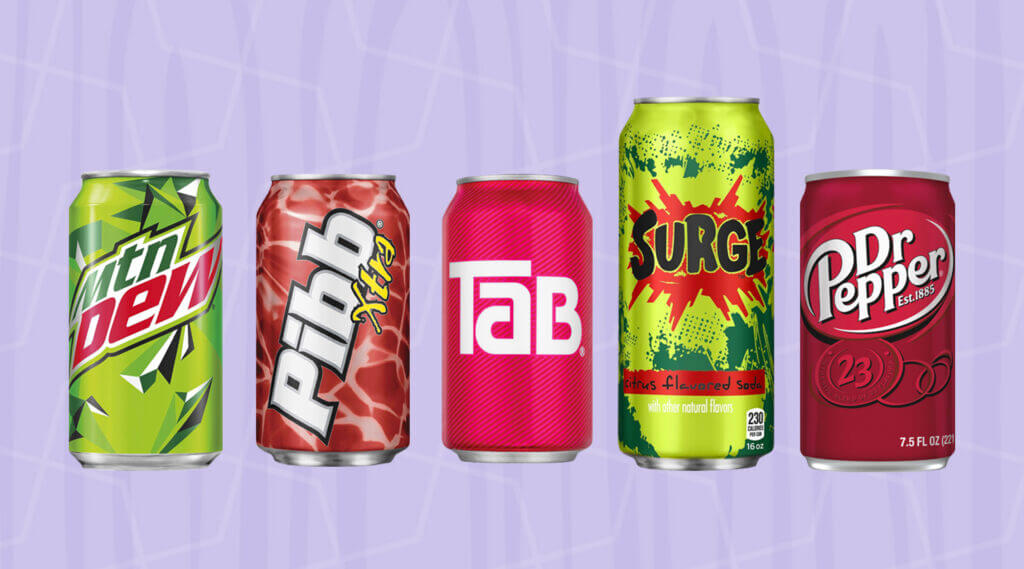Though soda doesn’t have all that great of a reputation as far as health benefits, it’s not going anywhere. What were the most popular sodas the year you were born? Find out below.
1955: Fanta

Wanna Fanta? Back in the 1950s, consumers definitely did! Fanta might be delicious to this day, but it has a less-than-sweet background and history.
Fanta was created in Nazi Germany during World War II. Coca-Cola Deutschland formulated the fizzy beverage as an alternative to regular Coke.
The drink was made of some not-so-appetizing ingredients because of trade embargoes. It included leftover apple fibers and whey left over from making cheese.
1960 – 1961: Bubble Up
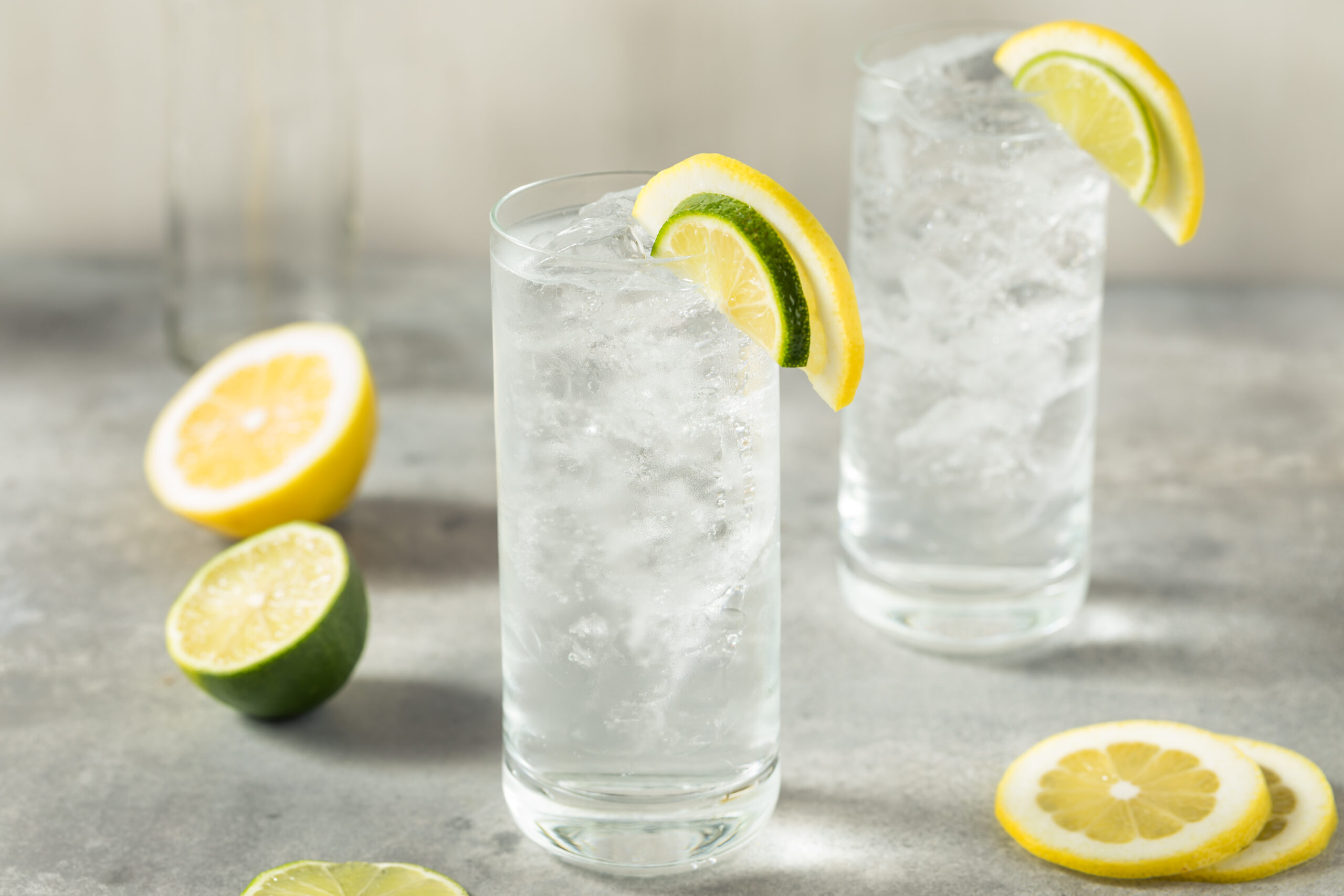
The most popular soda in the early 1960s was this precursor to both Sprite and 7 Up. Bubble Up actually launched way back in 1919.
Why did it surge to popularity decades later, in the 1960s? Many people attribute this sudden success to its new catchphrase, which was introduced during this decade.
Does the advertising slogan, “Kiss of lemon, kiss of lime” make you want a lemon-lime soda? For consumers in the 1960s, it certainly did.
1962: Diet-Way Cola
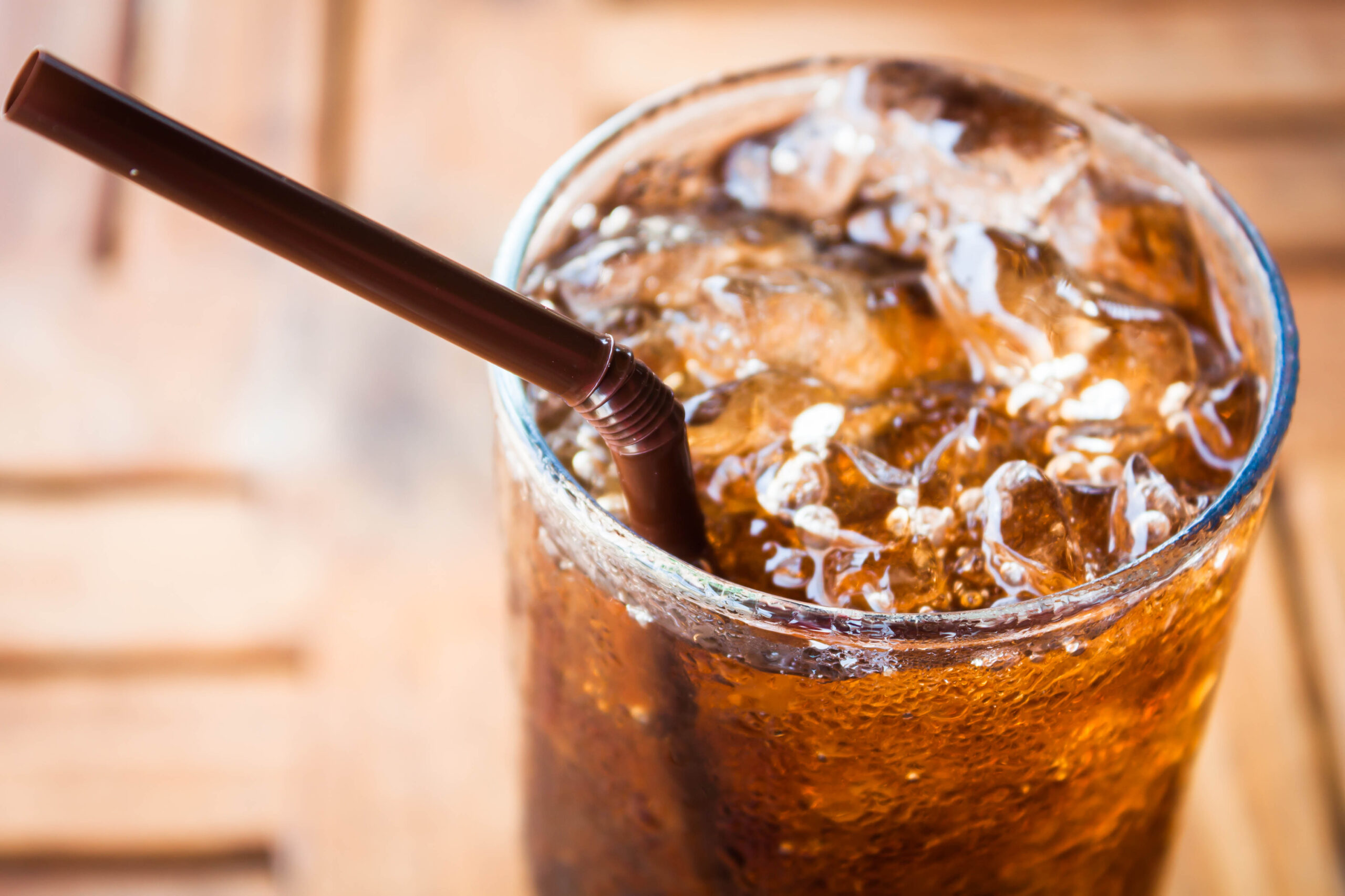
Diet sodas really started coming into their own in the 1960s, as evidenced by the emergence of Diet-Way Cola. This was a precursor to Diet Coke.
Diet-Way was actually created as a diet-conscious alternative to Double-Cola. It only had the name “Diet-Way Cola” for a short two years or less.
After that, Diet-Way Cola became known as “Diet Double-Cola.” So if you ever find a Diet-Way Cola bottle with the original branding, hold onto it! It’s a limited edition.
1965 – 1970: Cotton Club
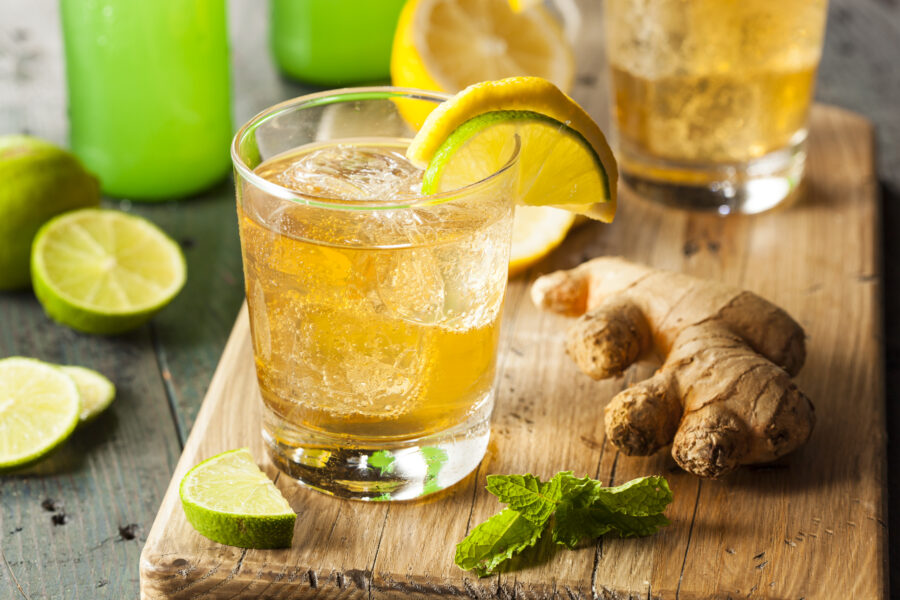
It sounds more like a clothing manufacturer today, but back in the ’70s, Cotton Club was a big soda manufacturer. The company was located in Cleveland, OH, of all places.
According to Case Western Reserve University, after Cotton Club emerged in 1902, it created a bunch of fruit-flavored drinks, though they still made standard drinks for those who weren’t fond of them.
Their cola, root beer, and ginger ale were also very popular in the ’70s. They even launched a disco-themed ’70s commercial for their ginger ale.
1971: Coca-Cola
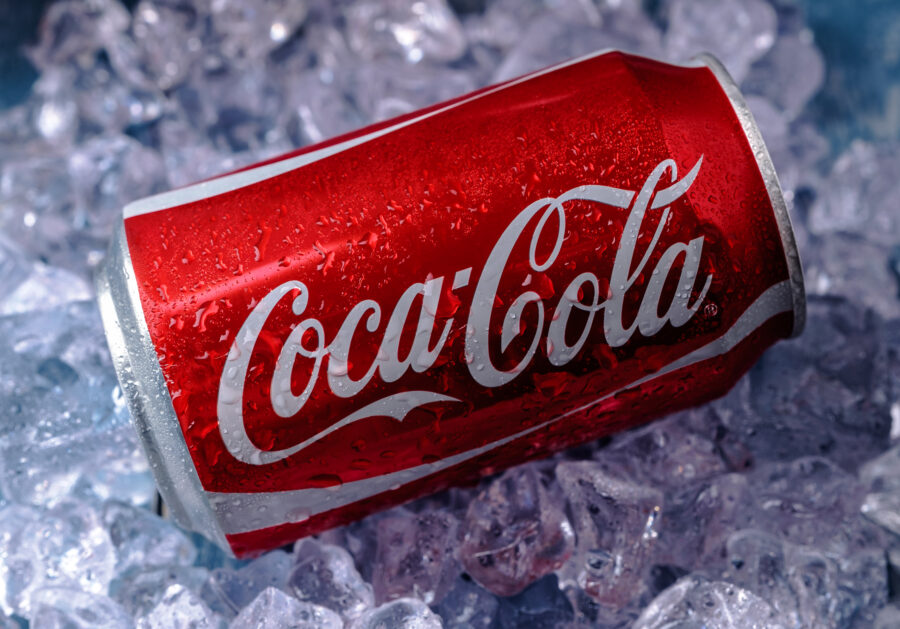
Now, let me get one thing straight. Coke has never not been popular. That said, 1971 was a big year for them: they launched the commercial “Hilltop.”
But many people may know it better as “I’d Like To Buy The World A Coke.” The Washington Post reported that the spot cost the company $250,000.
The money paid off, though. “Hilltop” became the world’s most popular commercial. 1971 and the following year were, without a doubt, Coke’s time to shine.
1972: Big Red
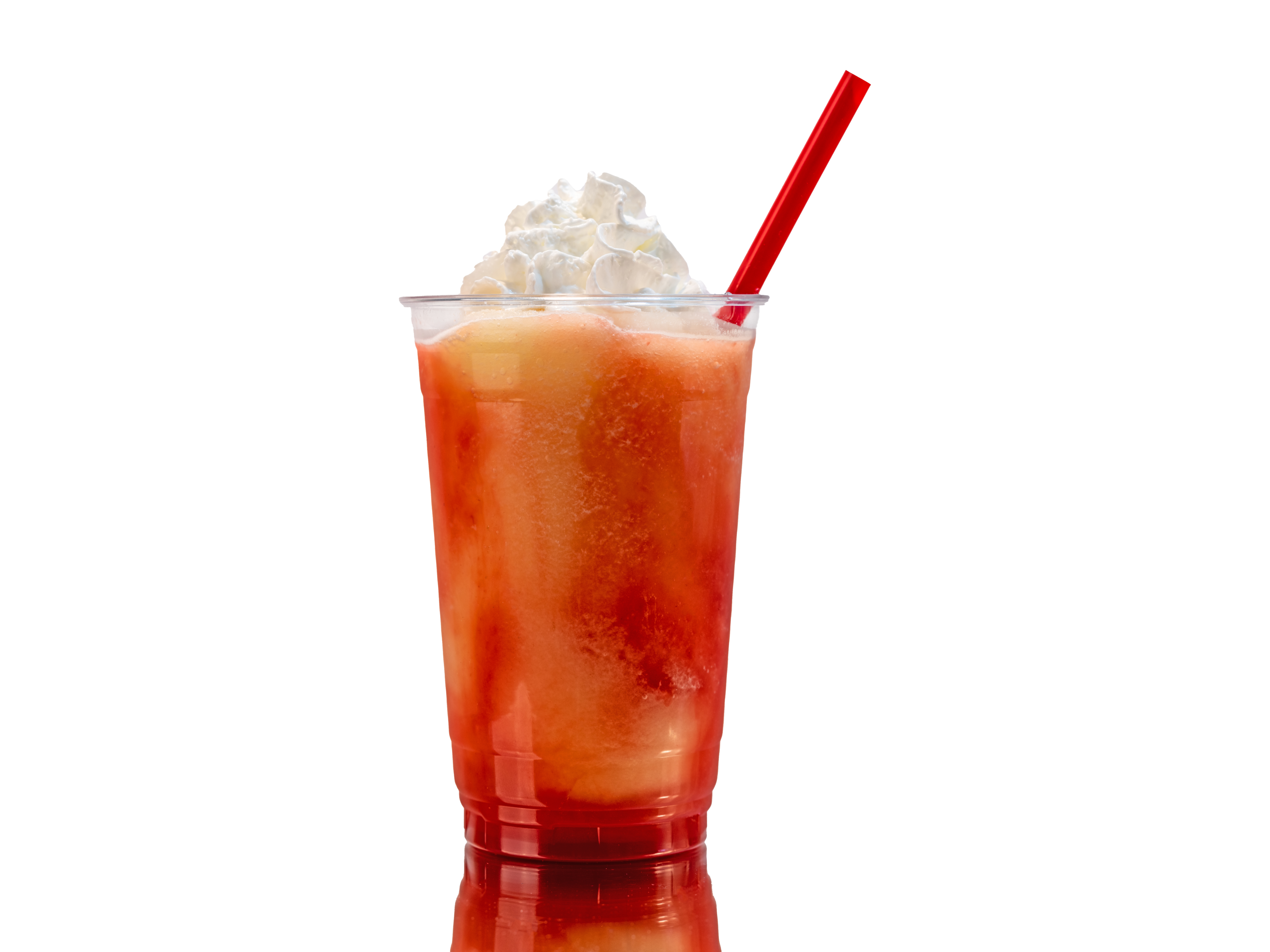
Big Red Soda has been around since 1937, but it wasn’t always known as Big Red. Prior to 1969, the soda was known as Sun Tang Red Cream Soda.
That’s right, despite the name and bright red can, Big Red is actually a cream soda. Originally, this soda was only sold in Texas.
Today, Big Red is still popular in the American South and southern Indiana. We agree that “Big Red” is a much catchier name than Sun Tang Red.
1973: Mr. Pibb
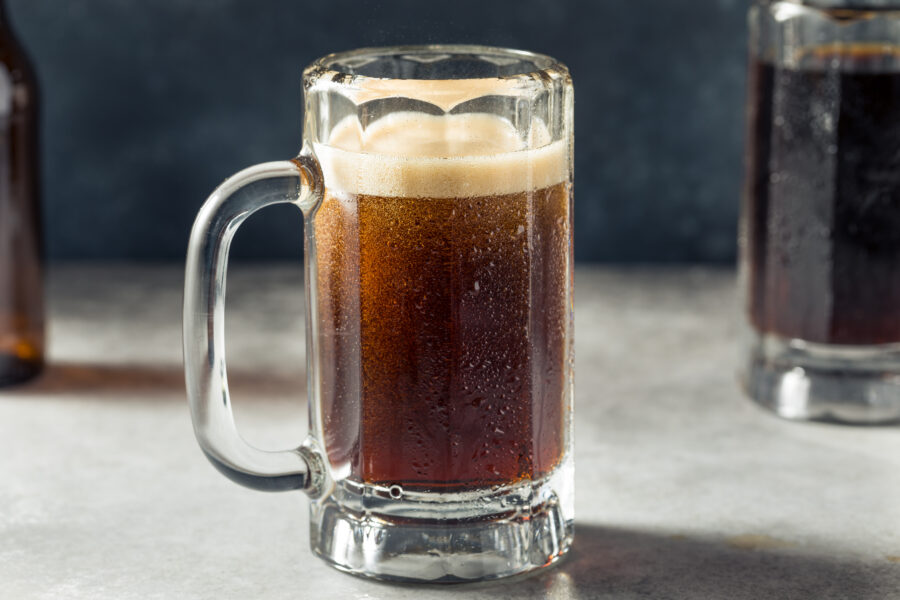
In the early ’70s, Mr. Pibb started slowly becoming available after initially testing in Texas in 1972. Coke originally called this drink “Peppo,” but Dr. Pepper sued them.
Thus, they changed it to Mr. Pibb. Personally, I feel like the name adds a level of intrigue (even if it’s still suspiciously similar to Dr. Pepper).
These days, Mr. Pibb is known in stores as Pibb Xtra. Fans everywhere weren’t too happy about the change, and we can understand why.
1974: Sugar-Free Sprite
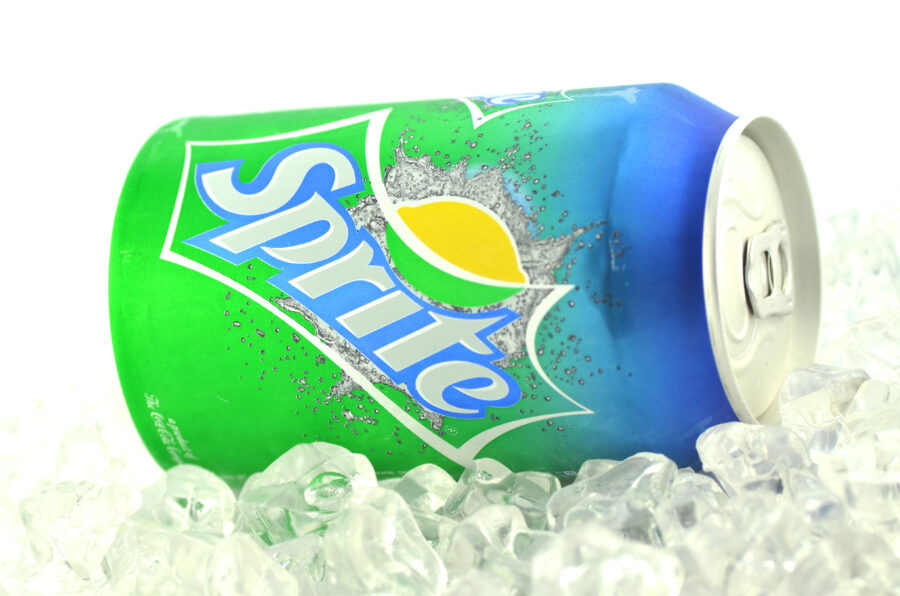
We know it today as Sprite Zero, but back then it was Sugar-Free Sprite. It first went into production in 1974. That wasn’t the only rebranding Sprite faced.
In 1983, it was known as “Diet Sprite,” which is what you might still call it in your head (if you knew about it in the first place).
Not only does this soft drink have zero sugar, but it also has zero calories. People were really into diet sodas back then.
1975: A Tie Between Coke and Pepsi
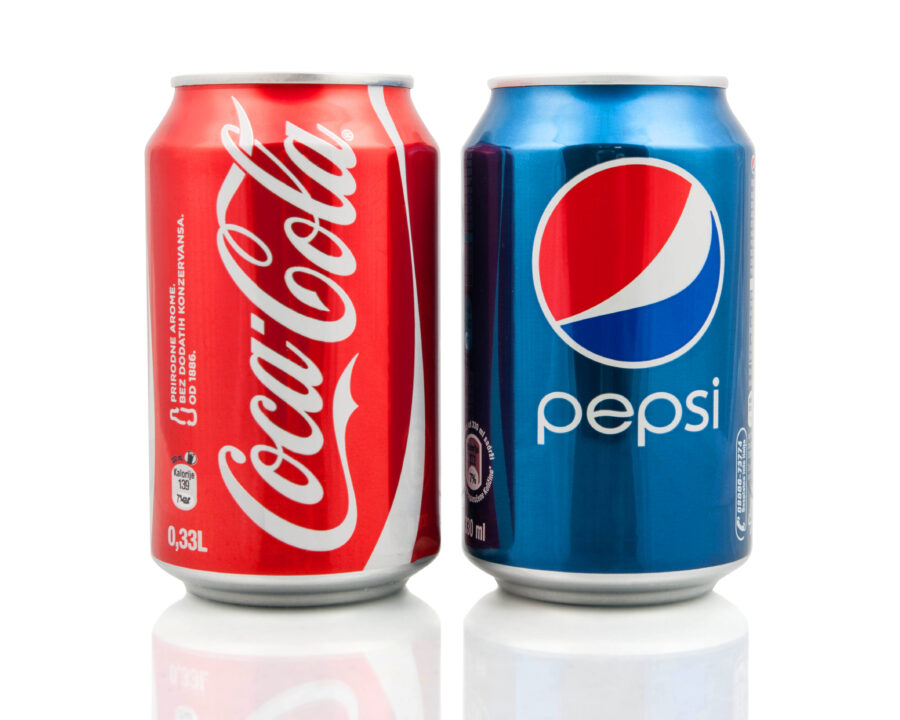
In 1975, things got weird. New York Magazine reportedly ran a poll about America’s favorite diet sodas in an article titled, “Yecch! Rating the Diet Colas.”
Usually, Coke’s in the lead, but the top spot listed a tie between Coke and Pepsi. But it wasn’t even their diet versions.
They shouldn’t have been included in the research, but as I personally wasn’t born yet, I couldn’t really stop them. Oh, well.
1976: Tab
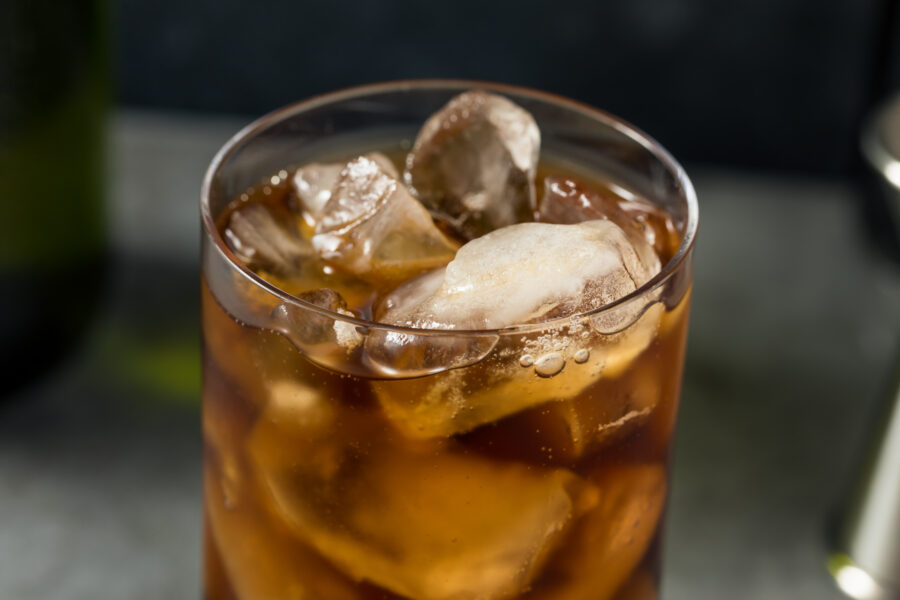
As diet drinks were making their way to America, Tab had a different approach. It was Coca-Cola’s answer to the fad, but it wasn’t labeled as “diet.”
Tab was more like a lifestyle. Originally created in 1963, it was meant to appeal towards people, especially women, who wanted to “keep tabs on their weight.”
The 1970s is when the product grew further, according to MeTV, with plenty of different flavors becoming available. In 1976, it was flying off the shelves!
1977 – 1978: Dr. Pepper
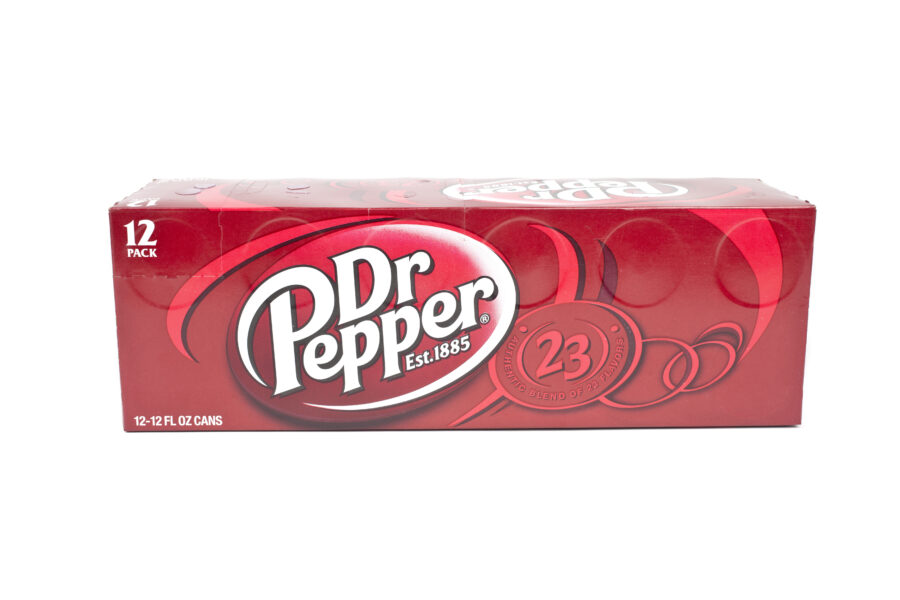
Remember when I mentioned Mr. Pibb? It was trying to compete with Dr. Pepper, but that’s a pretty hard battle to win.
The “I’m a Pepper” commercials started airing in the late 1970s, many of which had an infectious jingle. People just couldn’t get Dr. Pepper out of their heads!
They also reportedly started airing ads before theatrical releases, which was much more of a rarity back then. Never deny the power of a well-placed ad.
1979 – 1980: Mello Yello
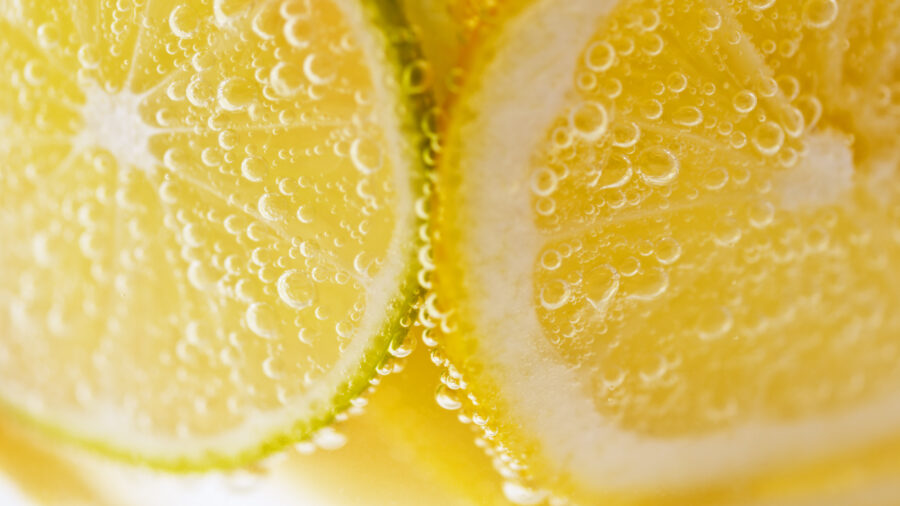
Dr. Pepper wasn’t the only drink that had competition around this time. Mountain Dew did, too. The competitor’s name was Mello Yello.
This lemony competitor came out in 1979. The soda brand packs a ton of caffeine and has grown to include a bunch of other flavors.
As the years went on, they added orange, grape, and limeade. It might not be the most popular today, but it definitely has a fanbase.
1981: New York Seltzer
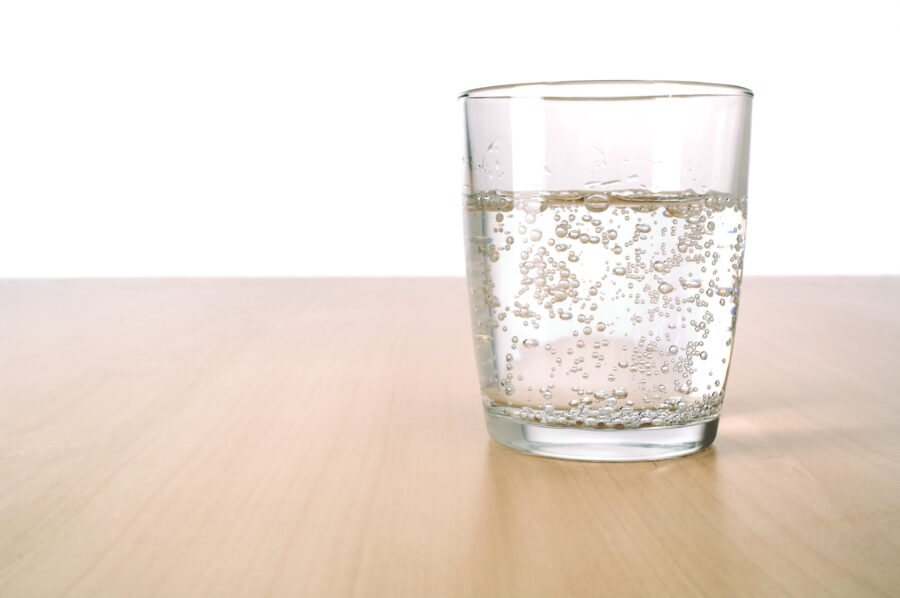
In the ’80s, people briefly looked for sophistication in their nostalgic sodas. Hence, why New York Seltzer (founded in 1981) was so popular.
The company admits on their website that they’re known best as “the 1980s in a bottle.” That means that they had no problem helping define such a popular decade.
If you weren’t old enough to enjoy them back then, no worries! While it’s no longer as popular as it used to be, it’s still around today.
1982: Tab (Again)
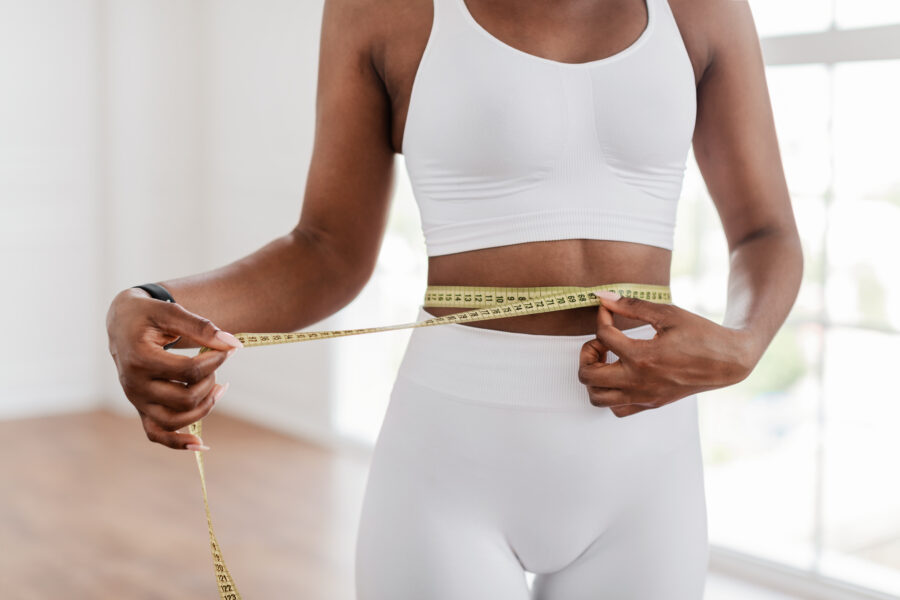
Tab was still gaining popularity around this time, but for one key reason. Her name was Elle MacPherson, and she starred in a 1982 commercial for the beverage.
In it, she’s looking great in a bikini while the music states that Tab “has a beautiful taste.” People wanted to look just like she did.
It’s hard not to think that MacPherson just drank Tab all day on Friday and woke up on Saturday looking like that.
1983: Caffeine Free Coca-Cola
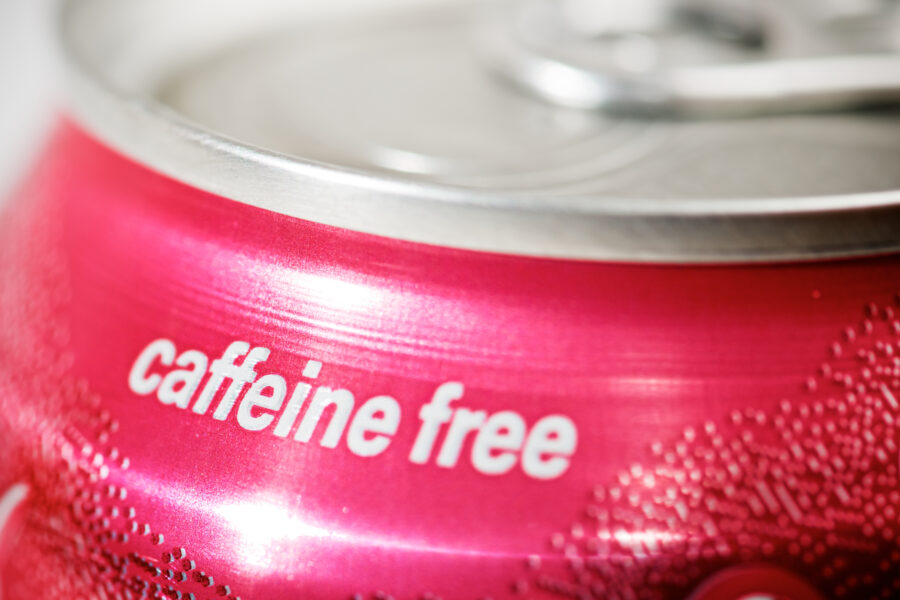
In 1983, Coke released a caffeine-free soda that was unlike the other sodas in their lineup. Oddly enough, Pepsi did it first and this was Coke’s response.
Pepsi’s caffeine-free soda was called Pepsi Free. While a whimsical name, it didn’t get the point across and was later rebranded as “Caffeine Free Pepsi.”
For caffeine addicts, the drink defeats the purpose. But for people who needed a good night of sleep, this product was a lifesaver.
1984: Pepsi
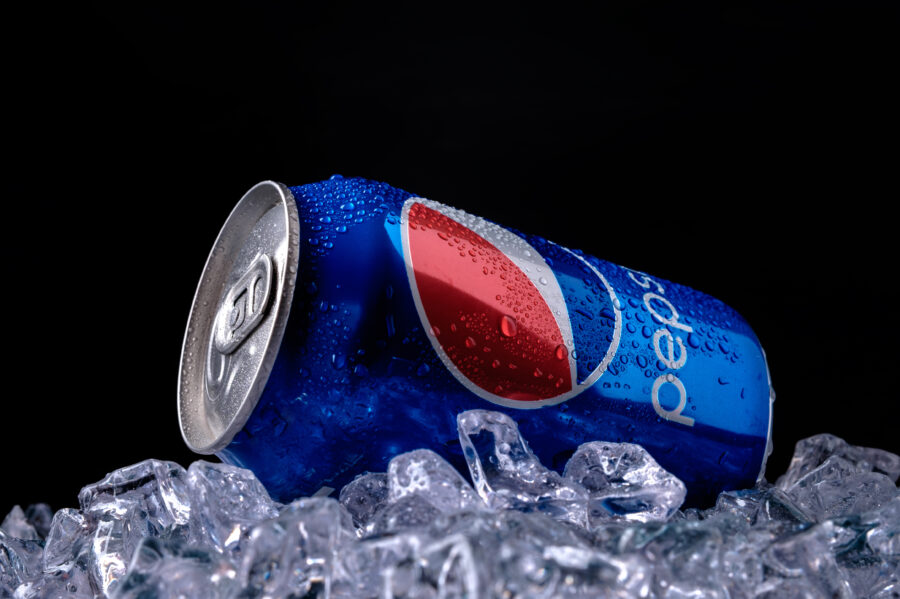
Even though Coke usually came out on top, it didn’t mean that Pepsi was lagging all that far behind —especially in 1984.
His commercials are pretty controversial now, but in the ’80s, Michael Jackson was a huge star. The fact that he endorsed Pepsi was phenomenal for the company.
In one video from 1984 that samples from his hit “Billie Jean,” he dances alongside Alfonso Ribeiro, otherwise known as Carlton from The Fresh Prince of Bel-Air.
1985: Jolt Cola
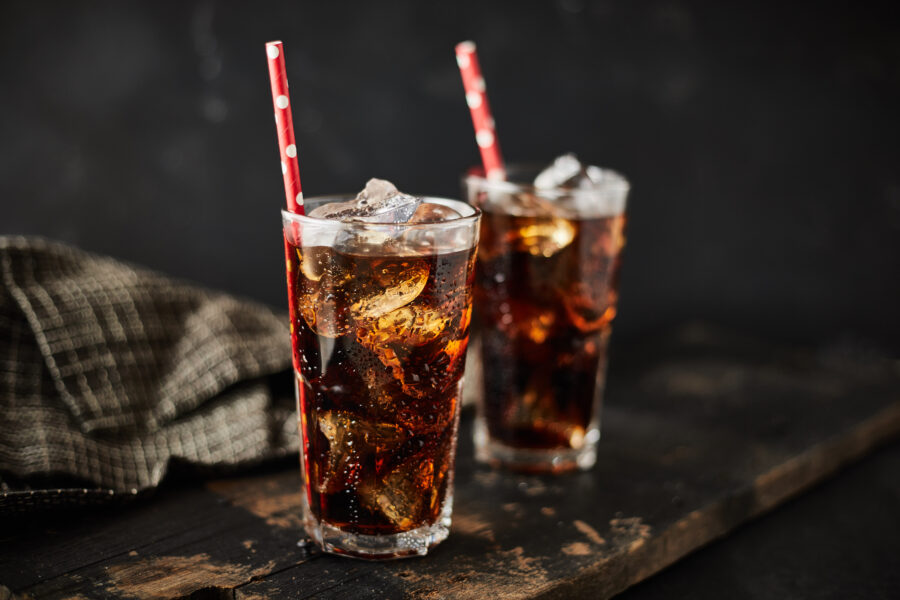
Since caffeine was on the rise, 1985 was the perfect time for Jolt Cola to debut and become the most popular soda. For 24 years, Jolt’s slogan didn’t change.
It was, according to CNET, “All the sugar and twice the caffeine.” The sugar factor might turn people off today, but it worked in ’85.
At least the company was honest about the product they were selling, and why this soda flavor was different from the rest.
1986: Apple Slice
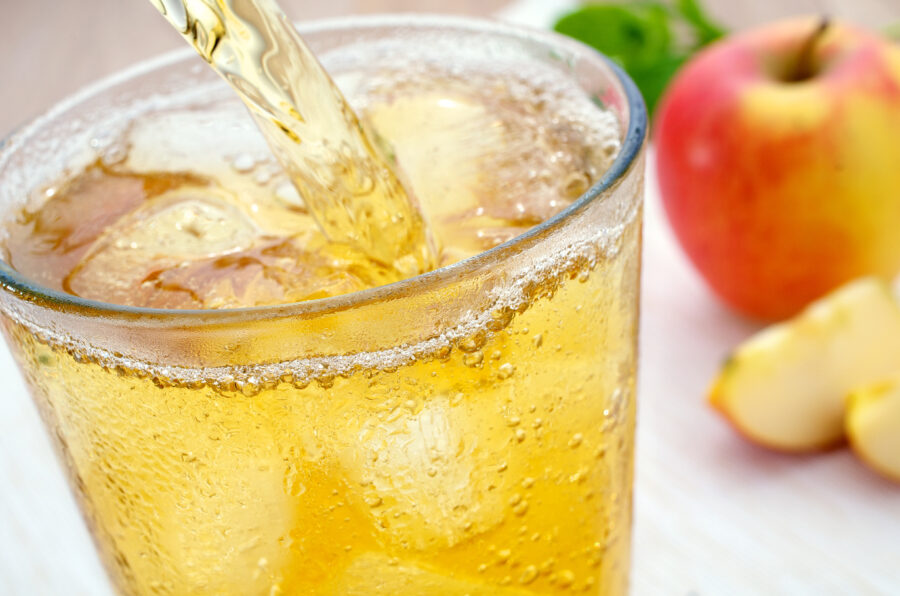
Adults can’t feel cool drinking apple juice, but Apple Slice is another story. Slice is part of the Pepsi lineup, and apple was a flavor they released in 1986.
Based on the commercials, they made it look extremely refreshing. And we bet it was! Apple-flavored soda is a largely untapped market in the US.
Even though soft drinks aren’t healthy, you can easily (yet wrongfully) be persuaded that Apple Slice was at least better for you than a standard Coke.
1987-1988: 7Up Gold
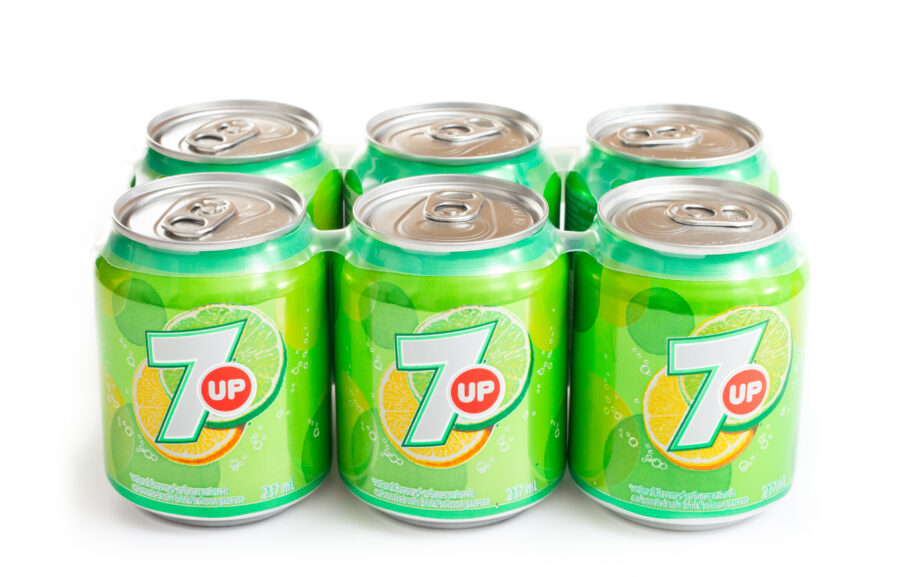
Though 7Up was caffeine-free, the company made an exception for 7Up Gold. A collaboration with Dr. Pepper, the revamped drink released in 1987.
Even though it brought a little bit of life into the soda corporation, 7Up Gold didn’t stick around too long. After its year in the sun, it disappeared.
That’s probably because, although the apple cinnamon flavor intrigued people that first year, it didn’t really suit most meals. The advertising wasn’t great, either.
1989-1990: Wild Cherry Pepsi
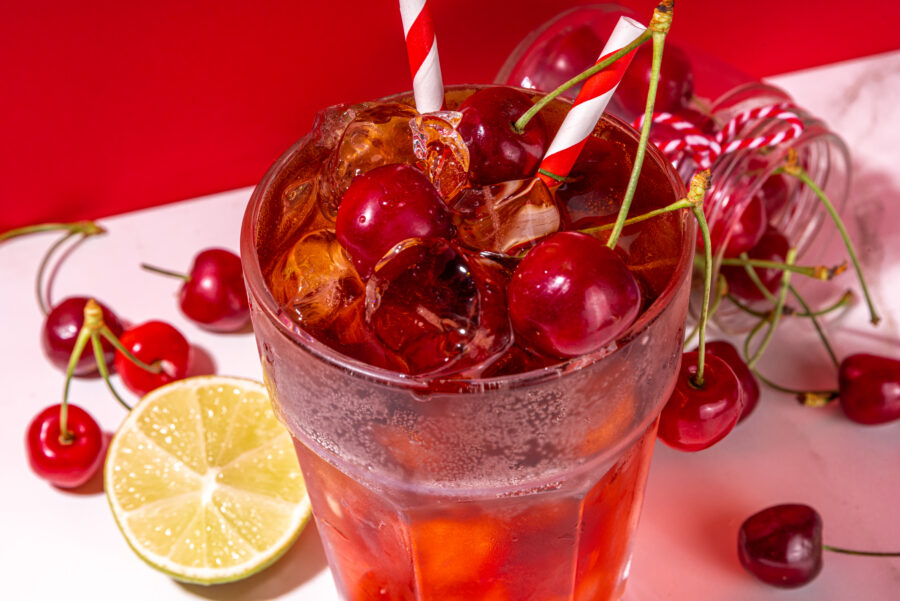
Wild Cherry Pepsi was invented in 1988, but it really gained popularity in ’89. Modern fans of this drink tend to call it Pepsi Wild Cherry.
In fact, the Pepsi company reportedly rebranded the product back in 2005. In 2014, the soda got an even fresher ad campaign.
This was after execs saw the cherry-flavored soda’s sales spontaneously go up. We’re not surprised at all, though. Who can resist the subtle fruity twist?
1990 – 1992: Clearly Canadian
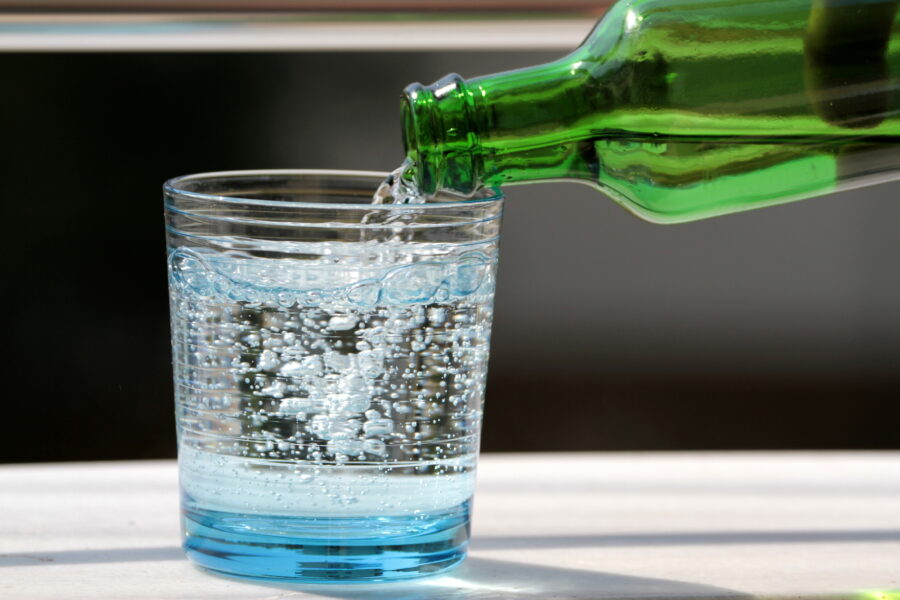
The ’90s gave a notable sales boost to this little-known product. The Clearly Food & Beverage Company of Canada reportedly made their soda in 1987.
However, it really hit its stride in the United States in the early ’90s. In fact, in 1992, Clearly Canadian reached a peak sales amount of $155.2 million.
The company’s beverages, which came in a variety of flavors, have a devoted fanbase even to this day. It’s regarded as a 90s classic.
1993: Zima
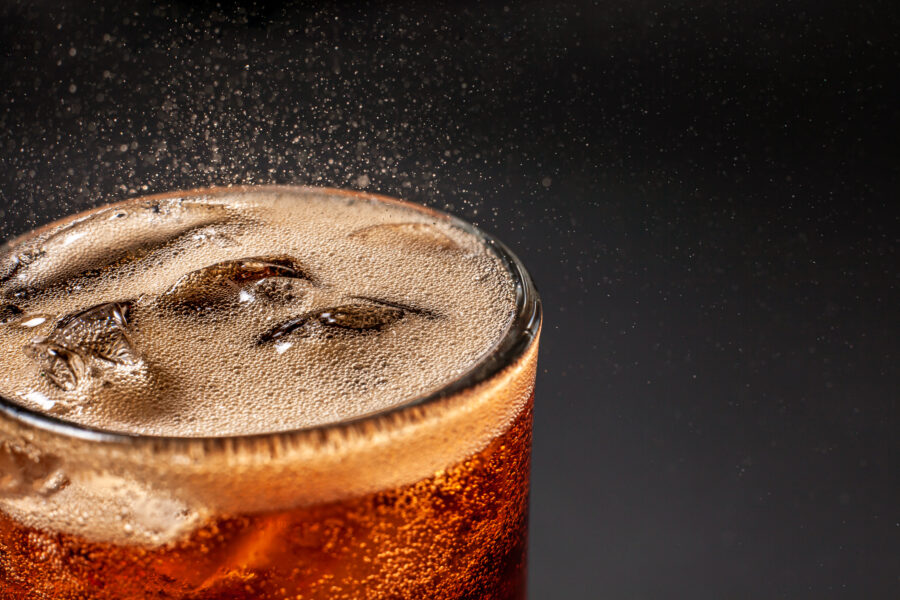
Even though this is an alcoholic beverage, it kind of counts as a soft drink as well. Perhaps that’s why Zima was eventually discontinued in 2008.
The Coors Brewing Company thought up the rather innovative idea. Zima had carbonation and was kind of a big deal for people who weren’t too into beer.
It was kind of like a mix between Sprite and light beer. Zima was eventually written off as a fad. It’s still around in Japan, though.
1994 – 1995: Fruitopia
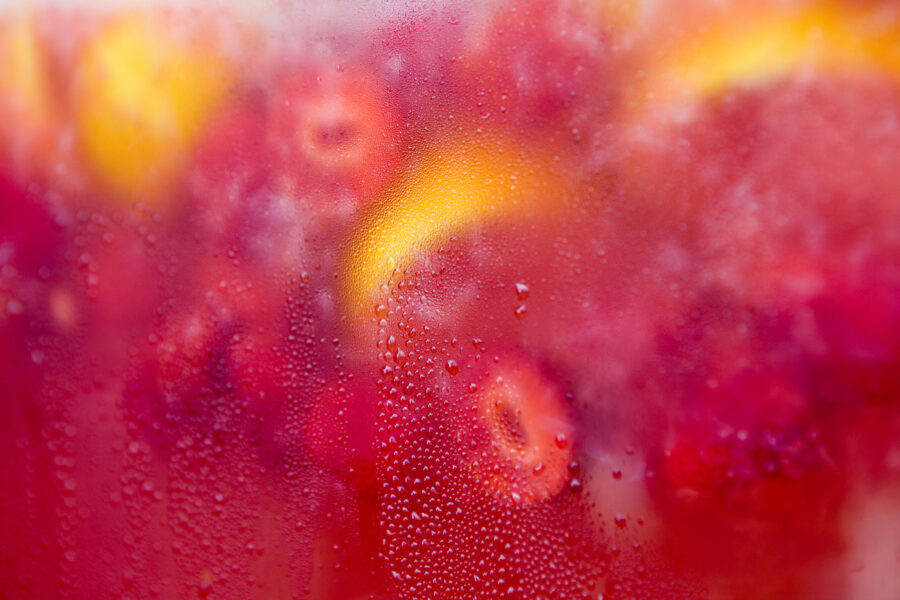
To this day, many people mourn the loss of Fruitopia. Back in the mid-’90s, Fruitopia was known as somewhat of an alternative drink.
It wasn’t great for you health-wise, but parents seemed to approve of it. Its branding as a fruit drink definitely helped its sales.
Plus, the drink’s ads were often trippy, and each flavor had a unique name that parents wouldn’t immediately understand. It was a glorious beverage.
1996: Bottled Water
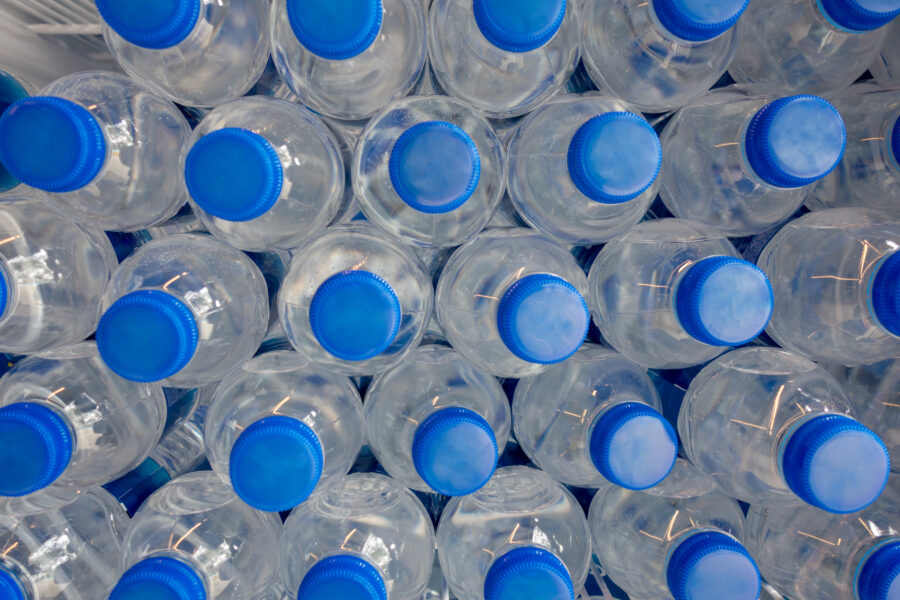
Soda consumption levels notoriously crashed in 1996. And many big soda companies introduced a water brand to their respective product lines.
Consequently, bottled water started becoming the go-to beverage. The bottled water spike may have also resulted from tap water’s bad reputation, according to The New York Times.
And we’re not that surprised. At the time, many people weren’t really concerned about reusable water jugs and the environmental havoc that plastic bottles wreak.
1997 – 1998: Orbitz
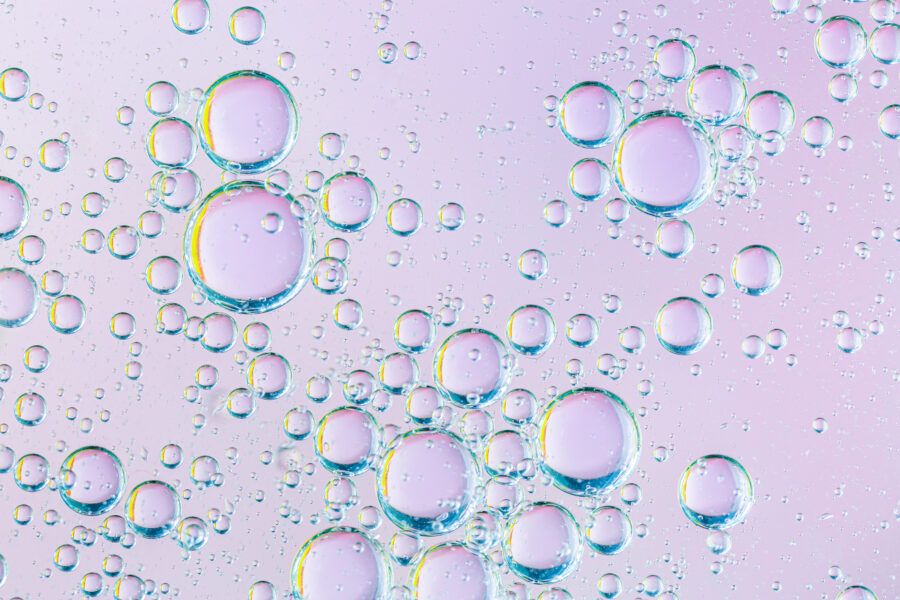
People will buy anything if it looks cool. Enter, Orbitz. Orbitz was a soft drink with packaging that looked like a lava lamp.
There were even tiny, colorful blobs of gelatin floating in each bottle (much like a ’90s version of boba). It’s regarded as a 90s staple.
This wasn’t the most popular soda for too long, though. The intrigue wore off, and at the end of the day, it was just a little too weird.
1999: Surge

Surge was supposed to be competition for Mountain Dew. The drink released to consumers in 1997, but it became more popular as the years passed.
Fans petitioned to get Surge back when it disappeared in 2003, and they sort of won. It’s not in every grocery store, but it is available online.
A sugary citrus concoction, Surge makes many people reminisce about the ’90s. And the product art is just plain cool.
2000: Red Bull
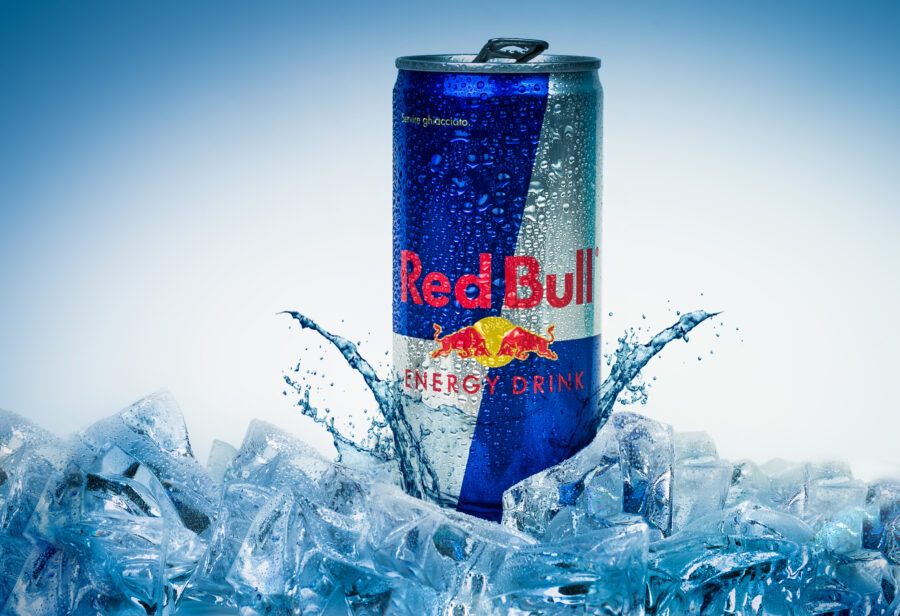
Energy drinks really made their mark in the 2000s. Red Bull was one of the first ones, getting its start overseas before spreading to the US.
It gained popularity in the United States after the 1997 California release. The company quietly spread all over by marketing to college students.
Nowadays, they’re known for producing wacky animated ads and sponsoring athletes and sporting events. So, what does Red Bull taste like? We describe it as “liquified Smarties.”
2001: Mountain Dew Code Red
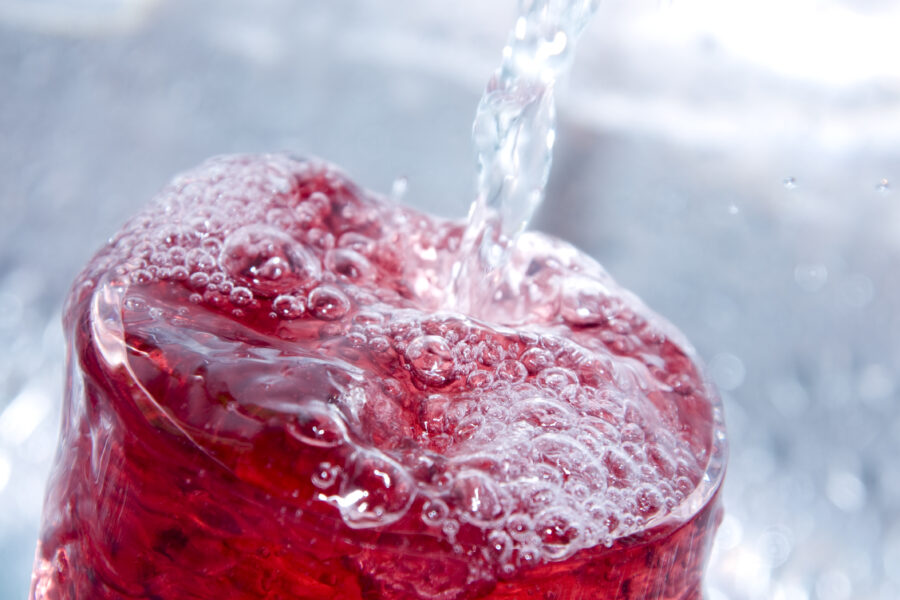
Mountain Dew was popular, but the Code Red flavor was an instant classic. It’s ranked as one the best Mountain Dew flavors of all time.
Code Red debuted in 2001 and tasted like cherries instead of the regular citrus flavor of the original Mountain Dew.
Code Red even had a diet version, which is somewhat uncommon for limited-edition Mountain Dew flavors. That way, they could market to just about anyone.
2002: Monster Energy
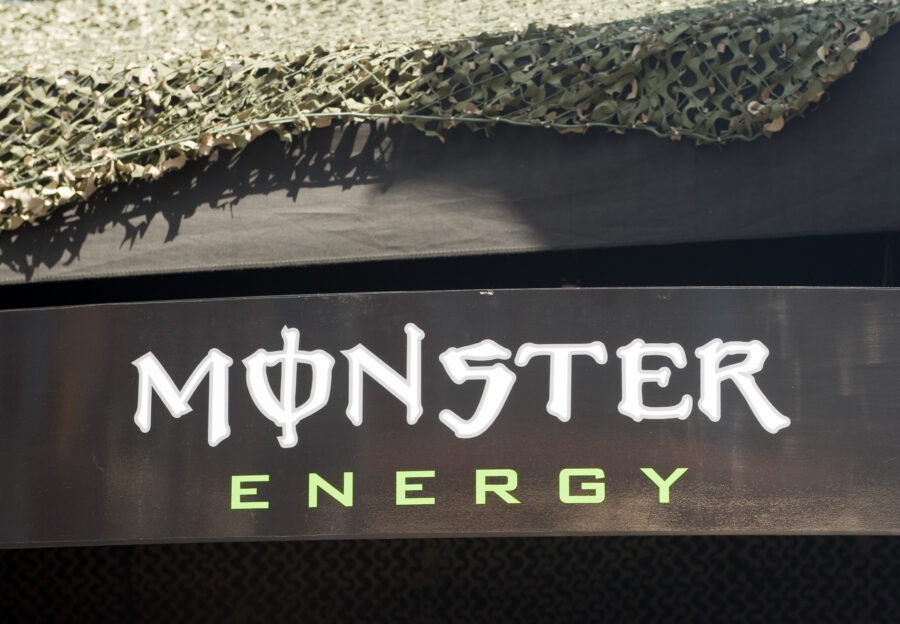
In April 2002, a brand-new energy drink emerged. It was called Monster Energy and it helped meet the increasing need for energy drinks.
The Hansen Natural Company created the drink. But the brand earned notable success with the product after renaming itself to the Monster Beverage Corporation.
According to Delishably, Monster now has a ton of different varieties. And only Red Bull beats the drink in terms of overall sales.
2003: Sprite Remix
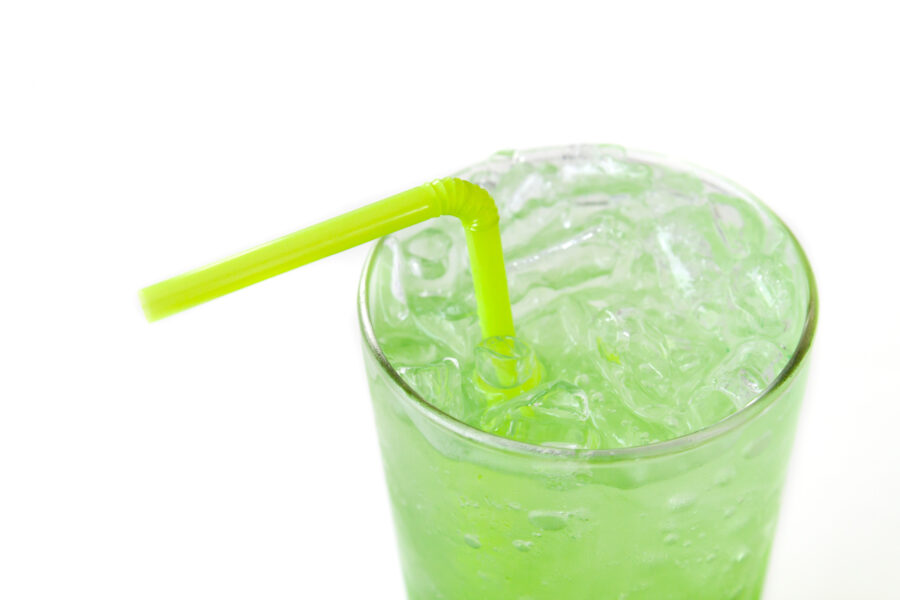
What could be better than Sprite? Sprite Remix, of course. Sprite Remix was perfect for people who liked caffeine-free drinks with a twist.
The drink was clear, but had yummy hints of pineapple and strawberry. It was initially introduced in 2002 and saw some success in 2003.
But unfortunately, the Pepsi company stopped making Sprite Remix in 2005. Perhaps a rerelease is in order, though. Did you try any of these nostalgic sodas?
What Are the Most Popular Sodas Today?

After that blast from the past, let’s bring it back to the present to look at what the most popular pops are today. You might be surprised.
Actually, the popular choices today are often similar to those from the past. After all, people’s tastes in soda don’t change very much from year to year.
We want it sweet, we want it bubbly, we want it packaged in a brightly colored can. But the most popular classics have that little something extra.
Coca-Cola Classic

You really can’t go wrong with a classic bottle of Coke. It seems that, for now, Coca-Cola is winning the battle between Pepsi and Coke.
Classic Coke is the top soft drink brand globally, with a revenue of over $33 billion in 2023. That’s a lot of bottles and cans of soda.
For a brand that started out as a medicinal beverage in 1886, Coca-Cola has come a long way. It’s really earned its spot in America’s heart.
Pepsi Original

As Coca-Cola’s main competitor, Pepsi offers a slightly sweeter taste. It has a strong presence in the market today with memorable marketing campaigns that get people talking.
Most notably, Pepsi uses celebrity endorsements to target a younger audience. This is a strategy Pepsi has always used, from Michael Jackson in ’83 to Kendall Jenner.
Pepsi is a much catchier name than the drink’s original title; Brad’s Drink. Honestly, we’re not sure it would still be around today with that name.
Diet Coke

Diet Coke today is the leading diet soda. It’s still targeted towards health-conscious customers, just like it was in 1982 when it was released. But the taste?
Coke Classic fans will claim that Diet Coke just can’t compare. But there are some Diet Coke supporters who say it’s even better than the original.
Our opinion? To each their own when it comes to your favorite beverage. But if given the choice, we’ll go for a classic Coca-Cola any day.
Dr. Pepper

It turns out Dr. Pepper’s unique blend of 23 different flavors had staying power. Today, it’s the 4th most popular brand of soda in the U.S.
Dr. Pepper gives consumers a quirky option, with a taste that’s truly one-of-a-kind. If you’re craving something a little different, reach for a Dr. Pepper.
Why is it called Dr. Pepper? Well, it was formulated by a pharmacist in Waco, Texas, in 1885. And it has a unique, slightly spiced flavor.
Mountain Dew
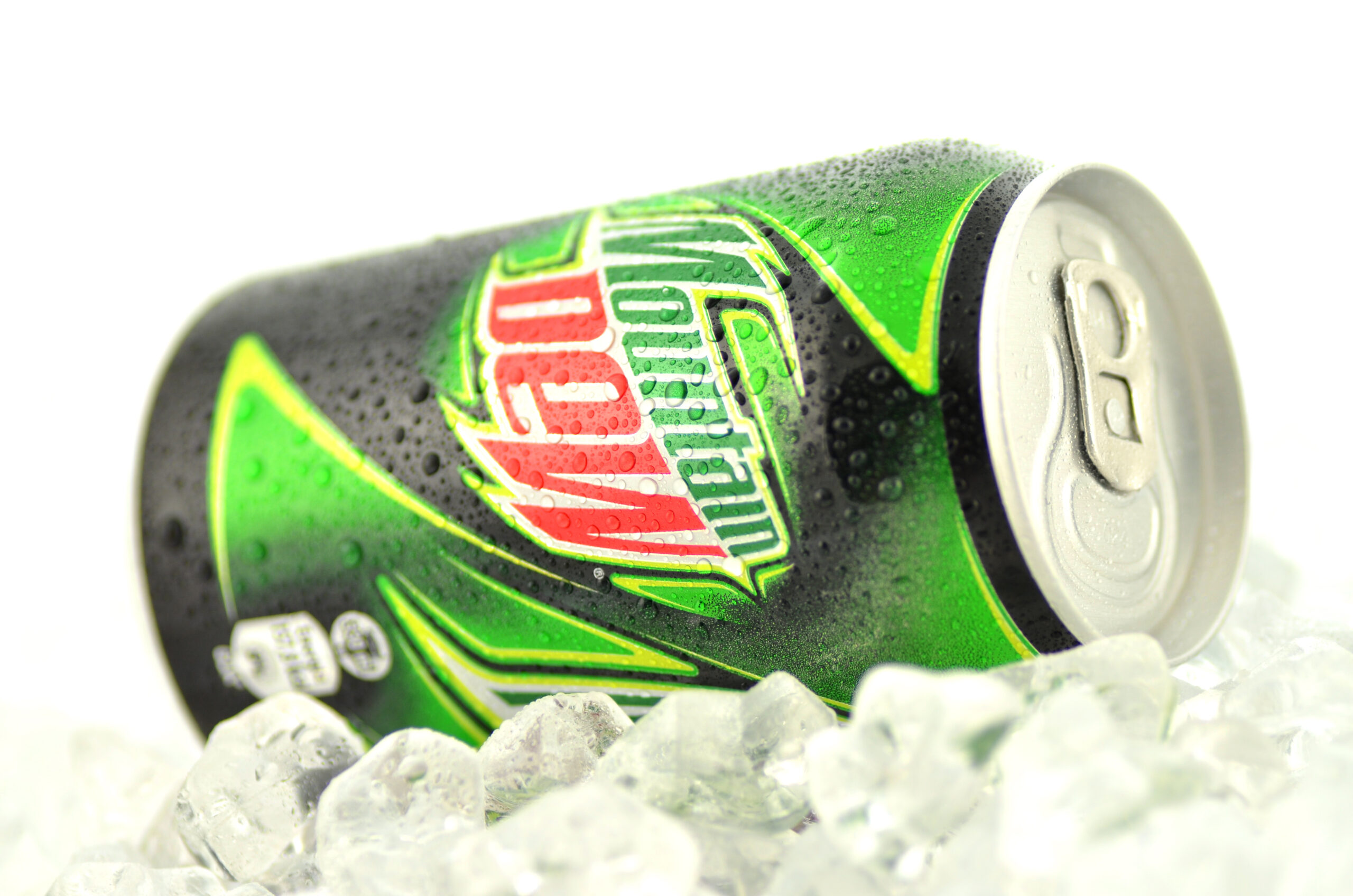
Today, Mountain Dew is the lifeblood of extreme gamers who need to burn the candle at both ends. It’s especially popular among younger demographics, its target market.
Mountain Dew had a lot of competition over the years, from products like Surge and Mello Yello. But Mountain Dew has always come out ahead.
Code Red is also still around, although it isn’t one of the top sellers in the soda aisle. You just can’t beat the original in this case.
Sprite

Sprite Remix might not be around anymore, but the original Sprite is still going strong. It’s the most popular lemon-lime soda today after Mountain Dew.
Sprite is owned by Coca-Cola, so it makes sense that it would have a Pepsi-owned competitor. That competitor is 7 Up, another popular lemon-lime soda option.
But while Sprite’s value has been steadily increasing, 7 Up’s market share has been dropping. Sprite has 6.2% of the market while 7 Up has just 2.3%.
Diet Pepsi

Pepsi isn’t just going to sit around and let Diet Coke corner the entire diet soda market. Diet Pepsi was one of the first major diet sodas.
It was introduced in 1964, after Royal Crown’s Diet Rite soda and Coca-Cola’s Tab. But Diet Pepsi was able to hang on while those disappeared from shelves.
The idea behind Diet Pepsi was that it would be just like Pepsi, but with fewer calories. Consumers didn’t want a diet soda that tasted like diet.
Coke Zero

Coca-Cola decided to take on the diet soda market again in 2005 when they released Coke Zero. Like Diet Coke, it has zero calories for weight-conscious consumers.
But Coke Zero was designed to target a younger consumer market who wanted a healthier soda alternative. It also has a slightly different taste.
Supposedly, Coke Zero tasts more like original Coke, while Diet Coke has a lighter flavor profile. Coke Zero also has less caffeine than Diet Coke.
Fanta

Did you expect to see Fanta on this list? Neither did we. But apparently, Fanta is flying off the shelves today, despite stiff competition from other sodas.
Fanta offers a unique range of fruit flavors, which isn’t something you can get from standard Coke or Pepsi. Although — surprise! — Coca-Cola owns Fanta.
Fanta was created in Germany as a result of shipping difficulties. They couldn’t get Coke syrup into Germany easily, so they came up with a new idea.
Nostalgic Sodas from the Past
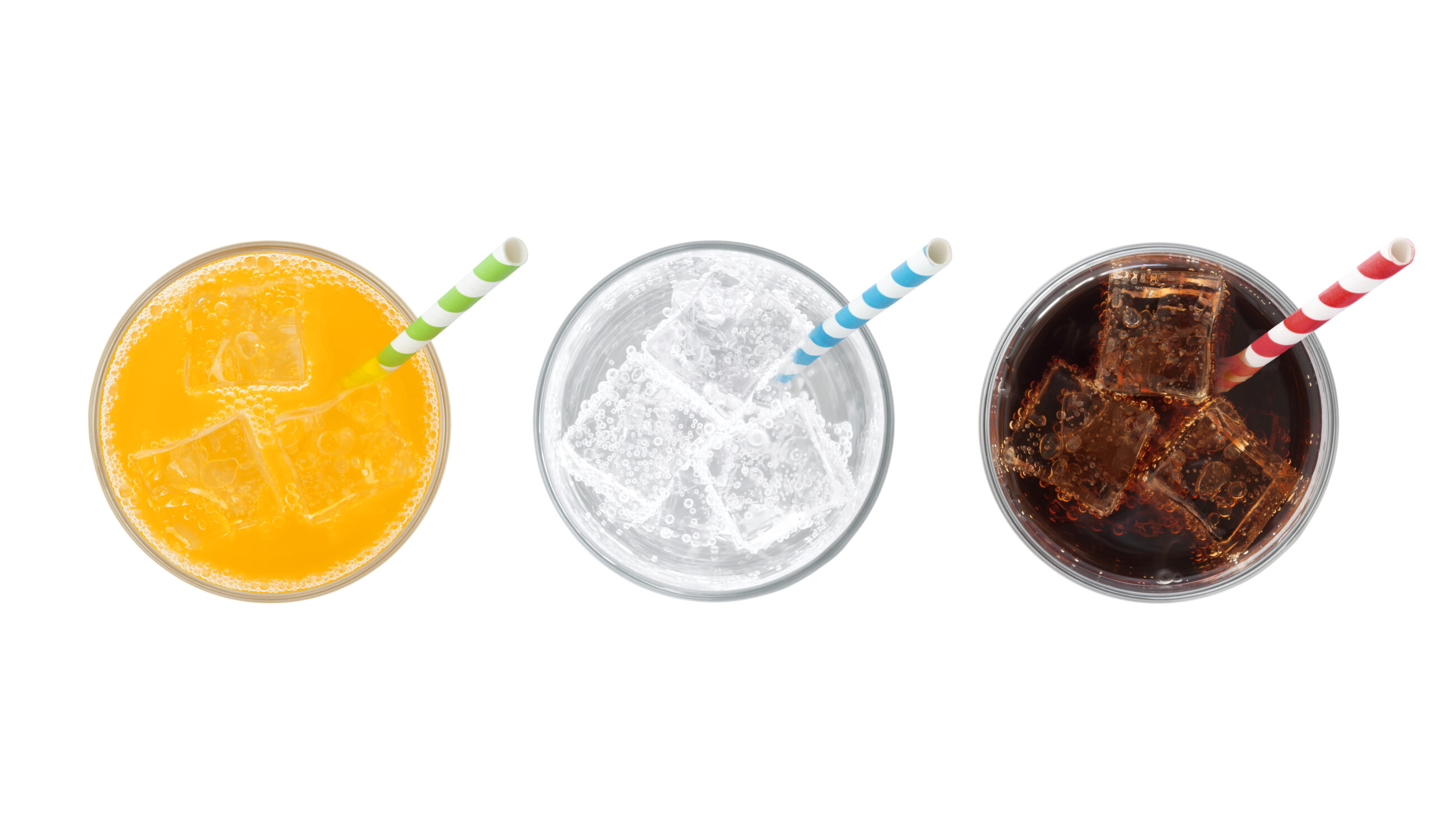
So what does the most popular soda from the year you were born say about you? Does Mountain Dew Code Red mean you’re a real gamer?
Does bottled water mean you’re a little bit more refined than everyone else? We’re not sure. But it’s definitely fun to look back at these sodas from the past.
Whether you can relate your birth year soda or not, these fizzy drinks are sure to stir up nostalgia. Who’s in the mood for a Mr. Pibb?

